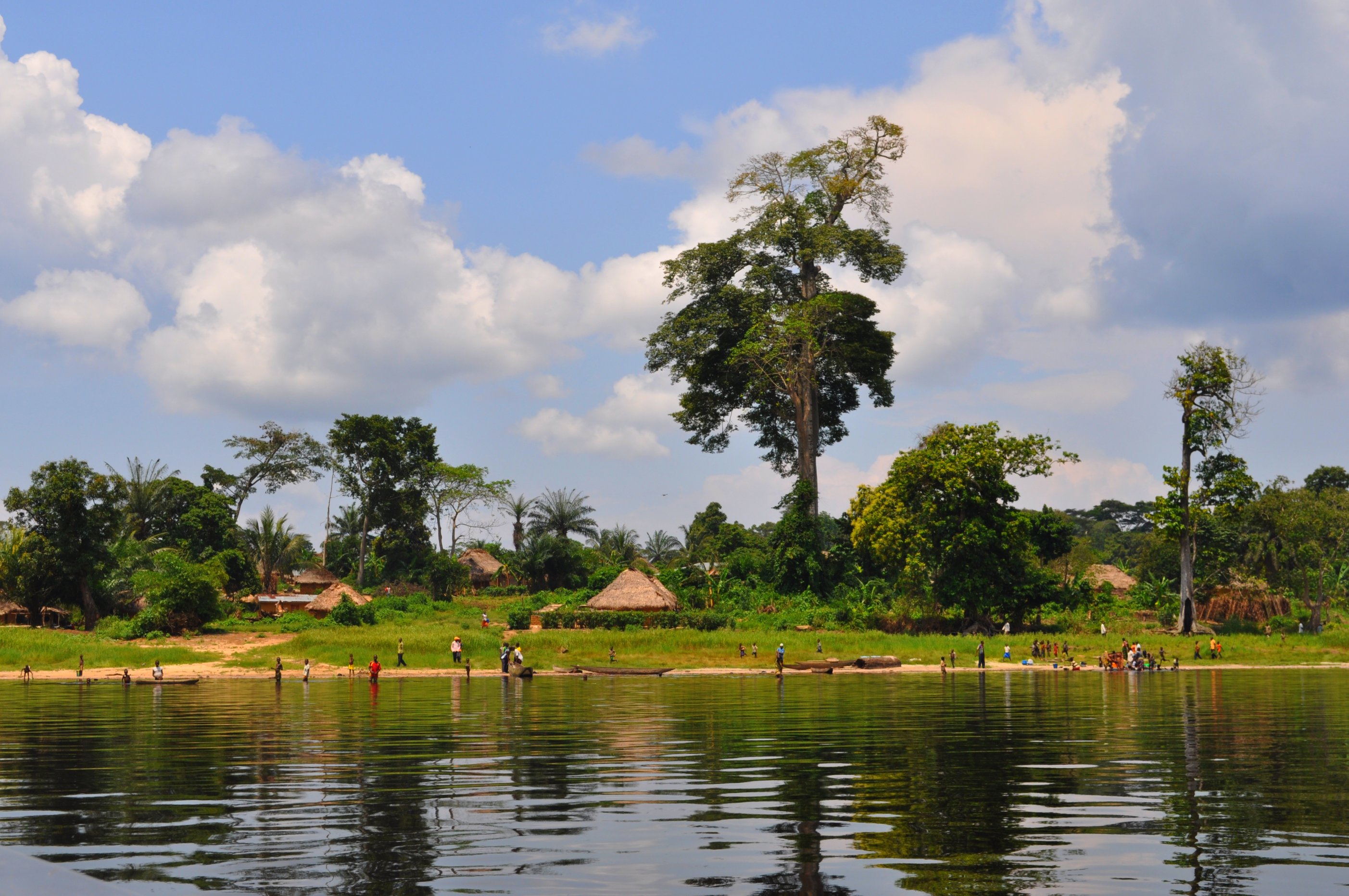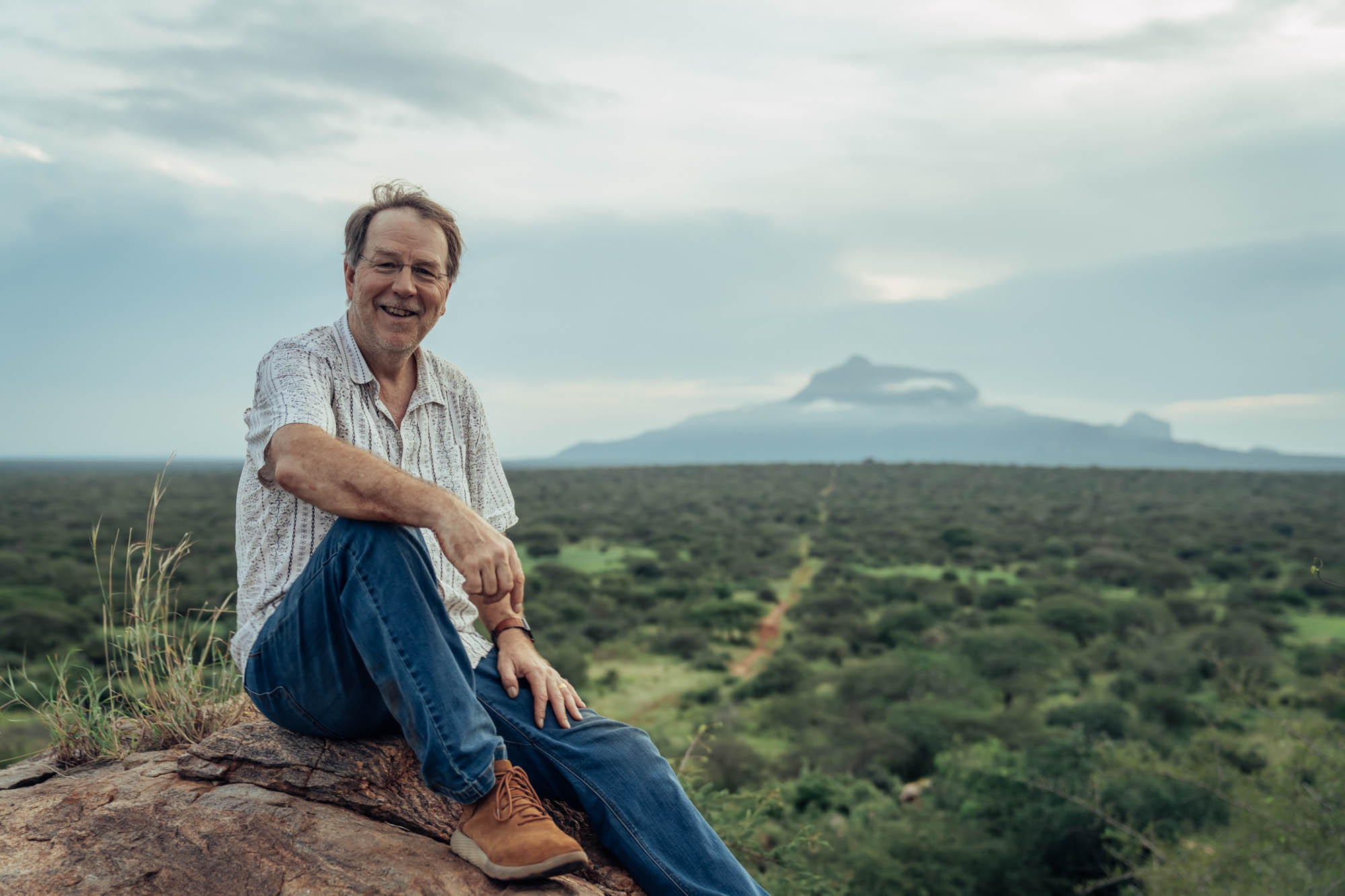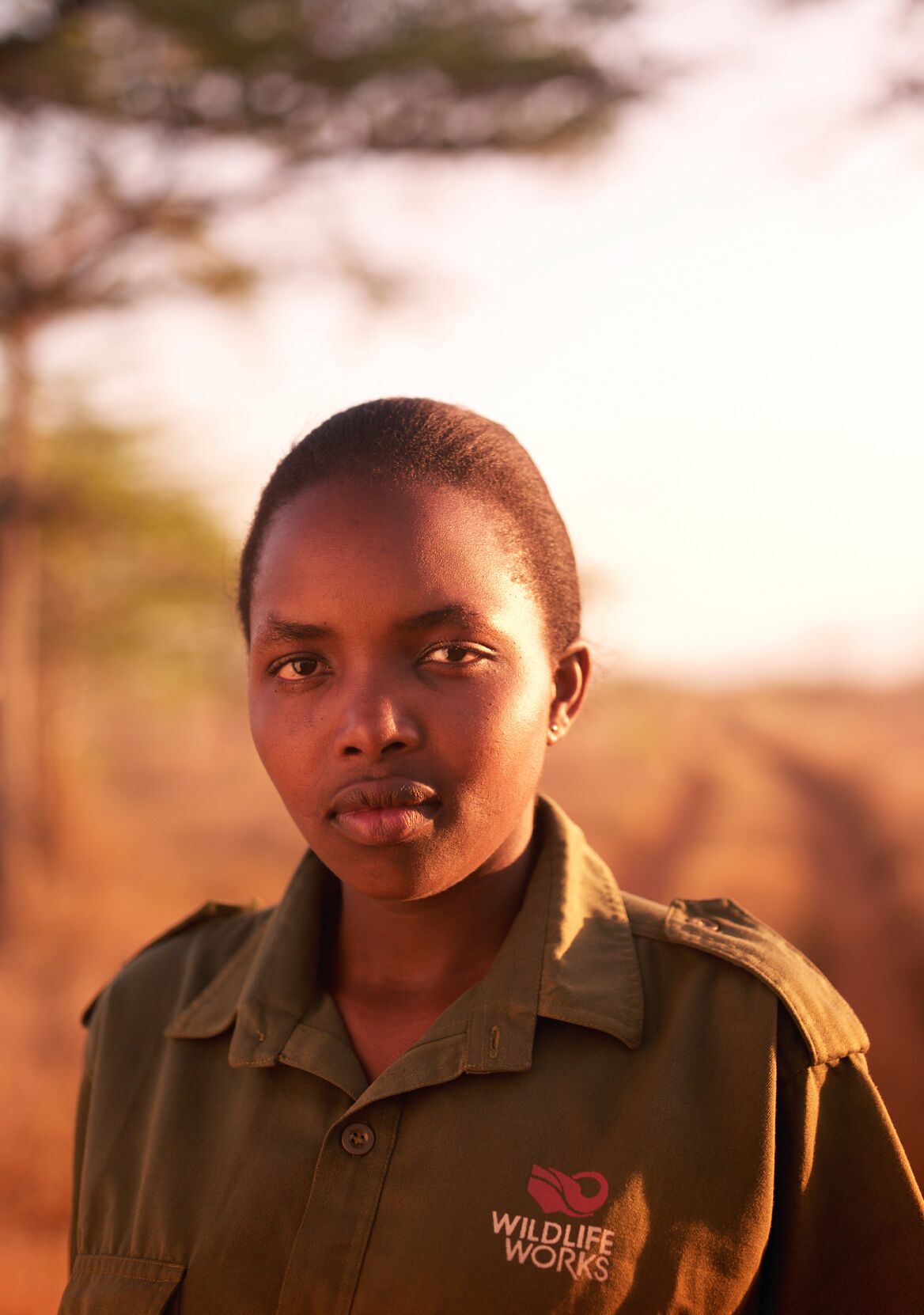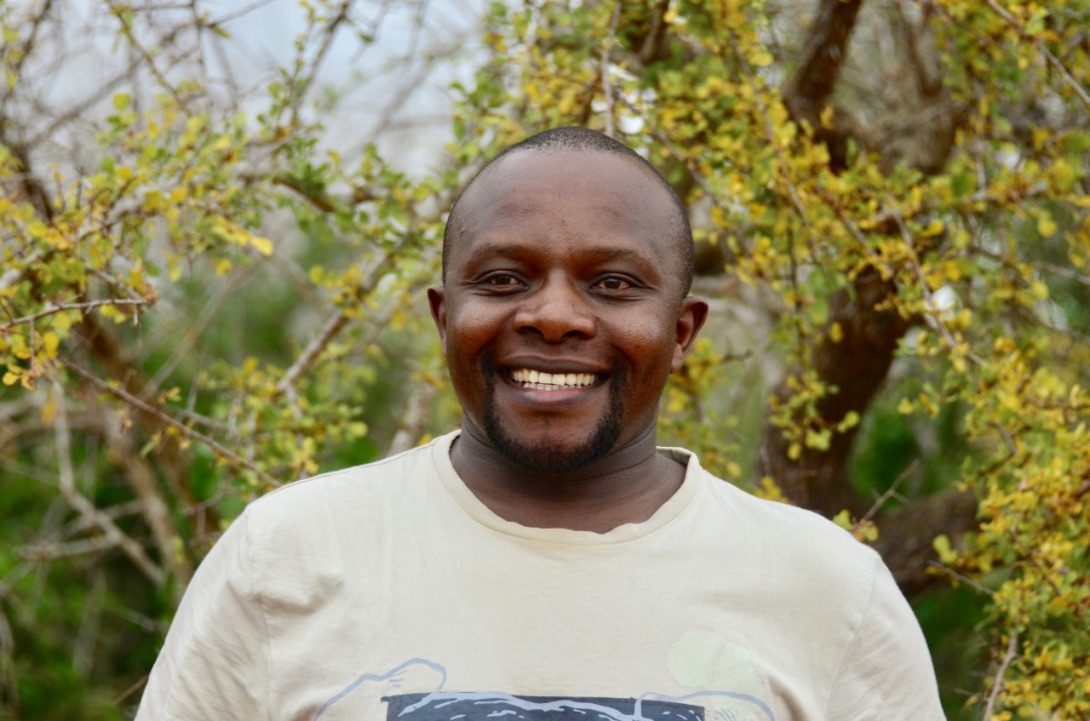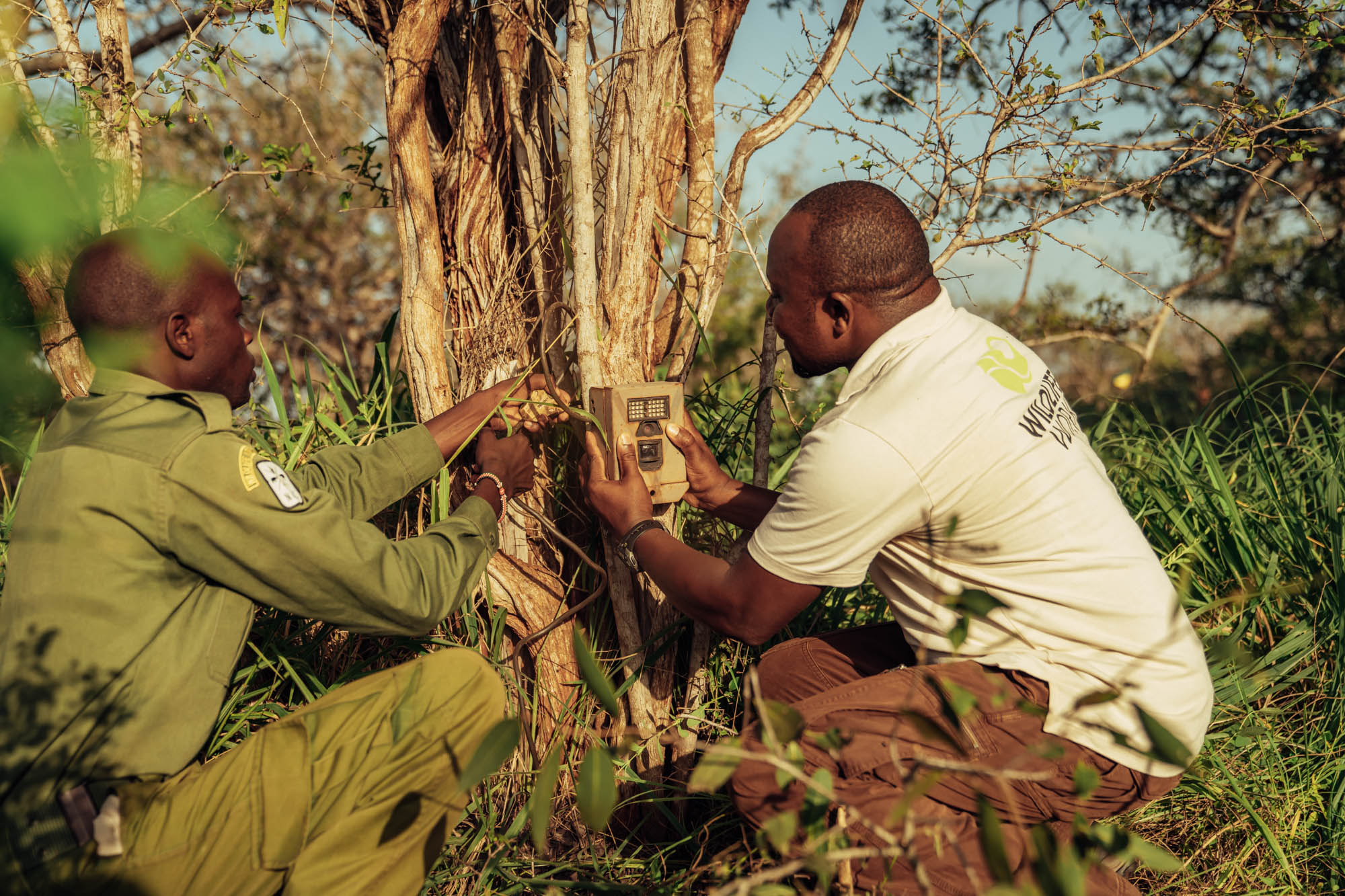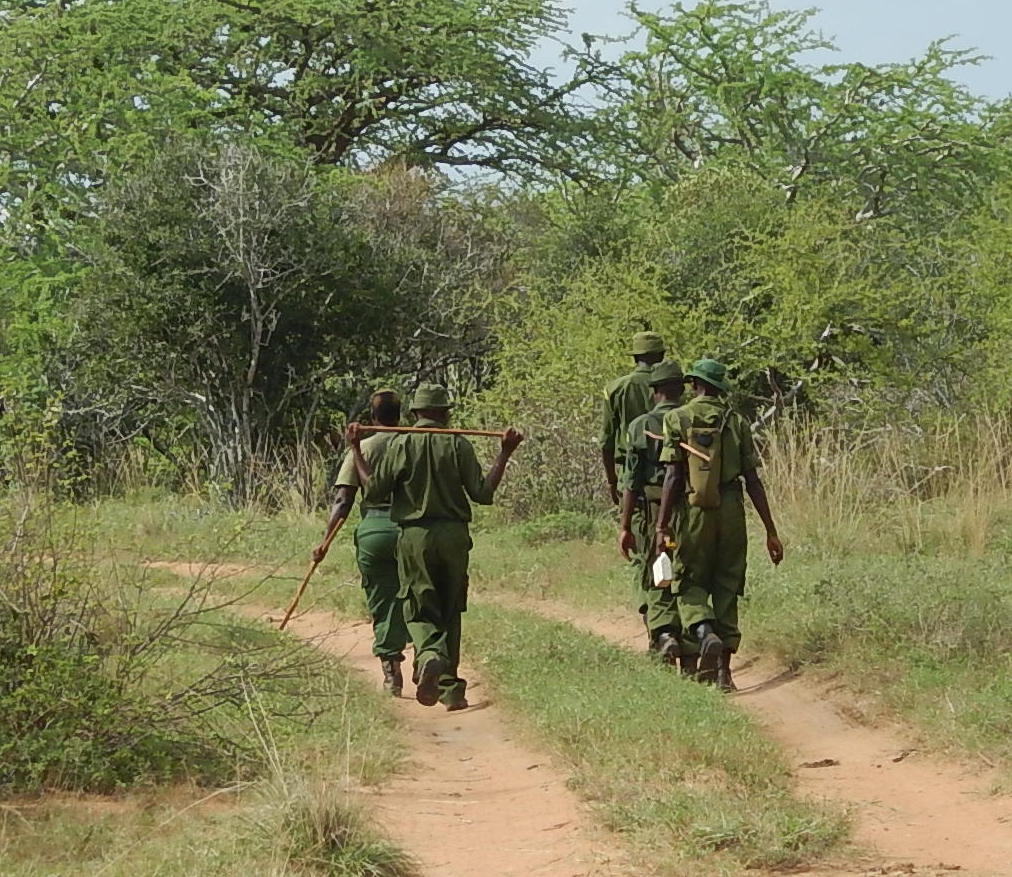-
Sagalla Hill Tree Planting Program December 2010
By Silvester Mkamaganga, Foresterer Wildlife Works Carbon- 5th December 2010 NAYIBINGI TREE PLANTING PROGRAM INTRODUCTION Nayibingi Sports Club is a registered self-help group. It is located in Sagalla Hill, Voi District in Kenya. It started as a football club for youth but has since then branched into in to other areas in order to meet the needs of the village youth such as education, environmental conservation, drama and theater and other issues affecting the community. Through Nayibingi leader Robert Mwangala, Wildlife Works Carbon managed to participate in a tree planting program in the Sagalla community for the purpose of environmental conservation. Objectives The main objective is of this program is…
-
Green Charcoal, a partial solution to natural resource degradation in East Africa
By Jimmy Eggers, Special Projects Director, WWC On a worldwide basis, the destruction or degradation of forest vegetation by slash and burn agriculture and timber harvest is the largest contributor to increased CO2 emissions into the atmosphere. This is more than manufacturing emissions, machine exhaust emissions, and petrochemical by-product emissions combined. So by extension, some might say that forest resource misuse is the primary problem to be solved when looking at our efforts to reduce CO2 emissions, and thereby improve our climate change outlook. In East Africa, a major portion of forest degradation is done by persons engaged in charcoaling. Charcoaling is a production process whereby indigenous hardwood trees and shrubs…

